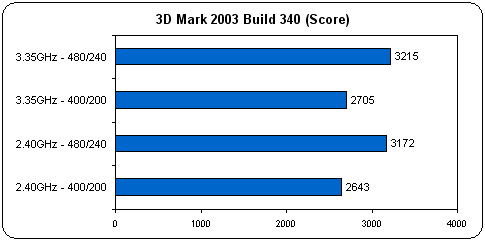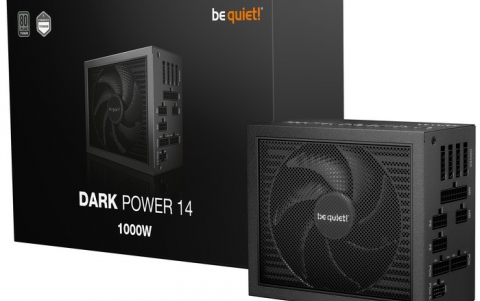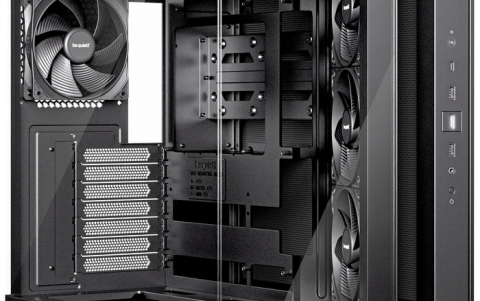Overclocking an ATI SVGA card
5. FPS Benchmarks - Conclusion
Review Pages
2. Basic Information
3. Changing the Memory Frequency - I
4. Changing the Memory Frequency - II
5. FPS Benchmarks - Conclusion
Overclocking an ATI SVGA card - Page 5
- Test Results

As you will notice, the 3D Mark 2001SE score increased significantly when the Core/Mem frequencies reached 480/240 respectively. At the default CPU speed (2.4GHz) we had a gain of 1370 points, while with the CPU overclocked, there was a gain of 1784 points.

At the 3D Mark2003 software test, we also saw a gain of 529 points when the SVGA was overclocked and the CPU was run at default speed. The increase when the CPU overclocked at 3.35GHz was lower (510 points). Due the way both 3D Mark2003 and 3D Mark2001 are designed, we won�t see much higher scores as the CPU increases compared with the way GPU/Video Memory card increases.

Let�s now see a real life gaming test, using the UT2004 Demo. You will immediately notice the big difference between the 73 and 94fps. Unlike with the 3D Benchmark software, the CPU affects the performance here and that�s why we get a score of 94fps when overclocking both CPU/SVGA card.
- Conclusion
The gaming industry plays a major role in the evolution of the PC, with gamers enjoying their games when they play them at the highest possible speed. Considering the wide range of SVGA cards on the market, the aim of this guide has been to provide an easy way to gain a noticeable performance increase without spending money. The latest generation of utilities like ATI Tool, do make SVGA overclocking an easy task, also making users happy.
For hardcore gamers, there are several additional modifications (BIOS updates) where even higher performance can be accomplished but the risks are also higher. You might also consider water-cooling your SVGA card, which provides more room for experimenting with higher Core/Mem frequencies than the stock standard air ventilation solution. We plan to cover these two areas soon, so stay tuned!
Review Pages
2. Basic Information
3. Changing the Memory Frequency - I
4. Changing the Memory Frequency - II
5. FPS Benchmarks - Conclusion













